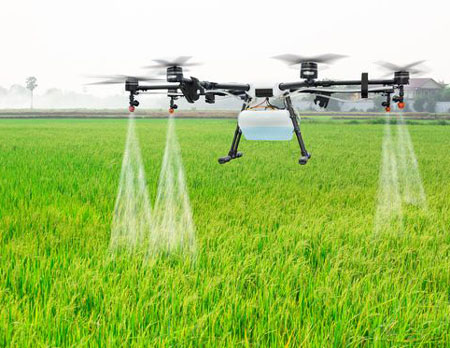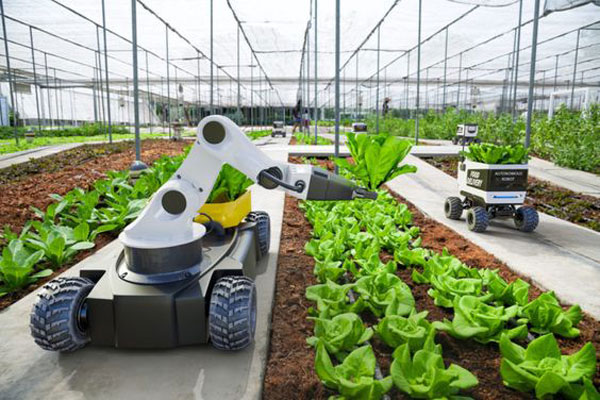Pomegranate
Alternaria

Alternaria alternate and other related species; Aspergillus niger
Fungal Disease

Alternaria alternate and other related species; Aspergillus niger
Fungal Disease
Alternaria disease in pomegranates typically reveals itself in subtle ways until the fruit is cut open. External signs are minimal, often limited to a slight off-color on the peel and a lighter weight due to internal decay.
- External Symptoms: The fruit may appear slightly off-color, such as a paler red, with some yellowish to brownish-red discoloration.
- Internal Symptoms: Once cut open, the infection becomes apparent with brown and black rotted seeds filling the interior cavities. This internal decay is indicative of the disease's progression.
Biology
- Susceptible Stage: The anther dehiscence stage (when flowers are open) is the most susceptible period. Spores of Alternaria alternata germinate on the stigmata of open flowers and extend into the style.
- Latent Phase: In some cases, the fungus becomes latent in the fruit’s lower loculus for 3 to 4 months until the fruit starts ripening. Upon ripening, the fungus begins to grow and invade the arils, causing black rot.
- Progression: The disease progresses from the lower loculus to the upper loculi, leading to complete fruit rot.
Associated Issues
- Aspergillus Infection: Similar to Alternaria, Aspergillus spp., such as Aspergillus niger, may also invade the fruit, often without visible external symptoms. The fruit may display slight off-color or discoloration.
- Insect Infestations: Colonization by Aspergillus is frequently associated with insect infestations, such as feeding by hemipterans (leaffooted bugs), or other factors that cause fruit injury or cracking.
Management
To manage Alternaria and associated fungal diseases, it is crucial to:
- Monitor Flower Development: Prevent infection during the anther dehiscence stage.
- Inspect Fruit: Regularly check for internal decay and remove affected fruit to limit the spread of disease.
- Control Insects: Manage insect populations that can contribute to fruit injury and fungal infections.
Effective orchard management practices, including disease monitoring and pest control, are essential to mitigate the impact of Alternaria disease and maintain healthy pomegranate production.




